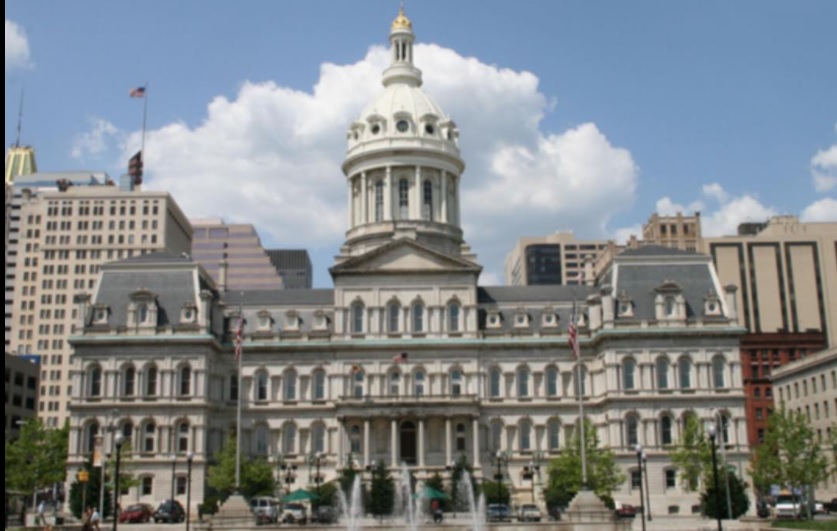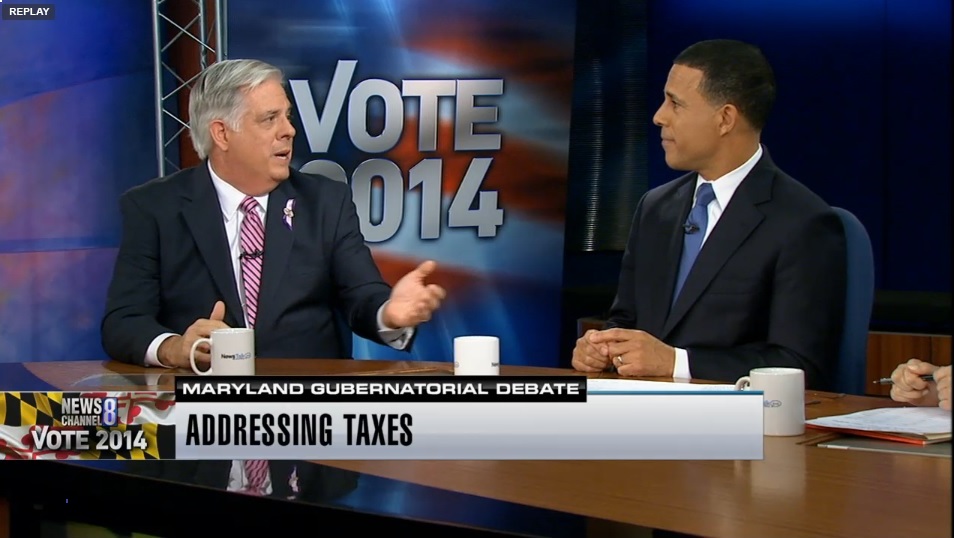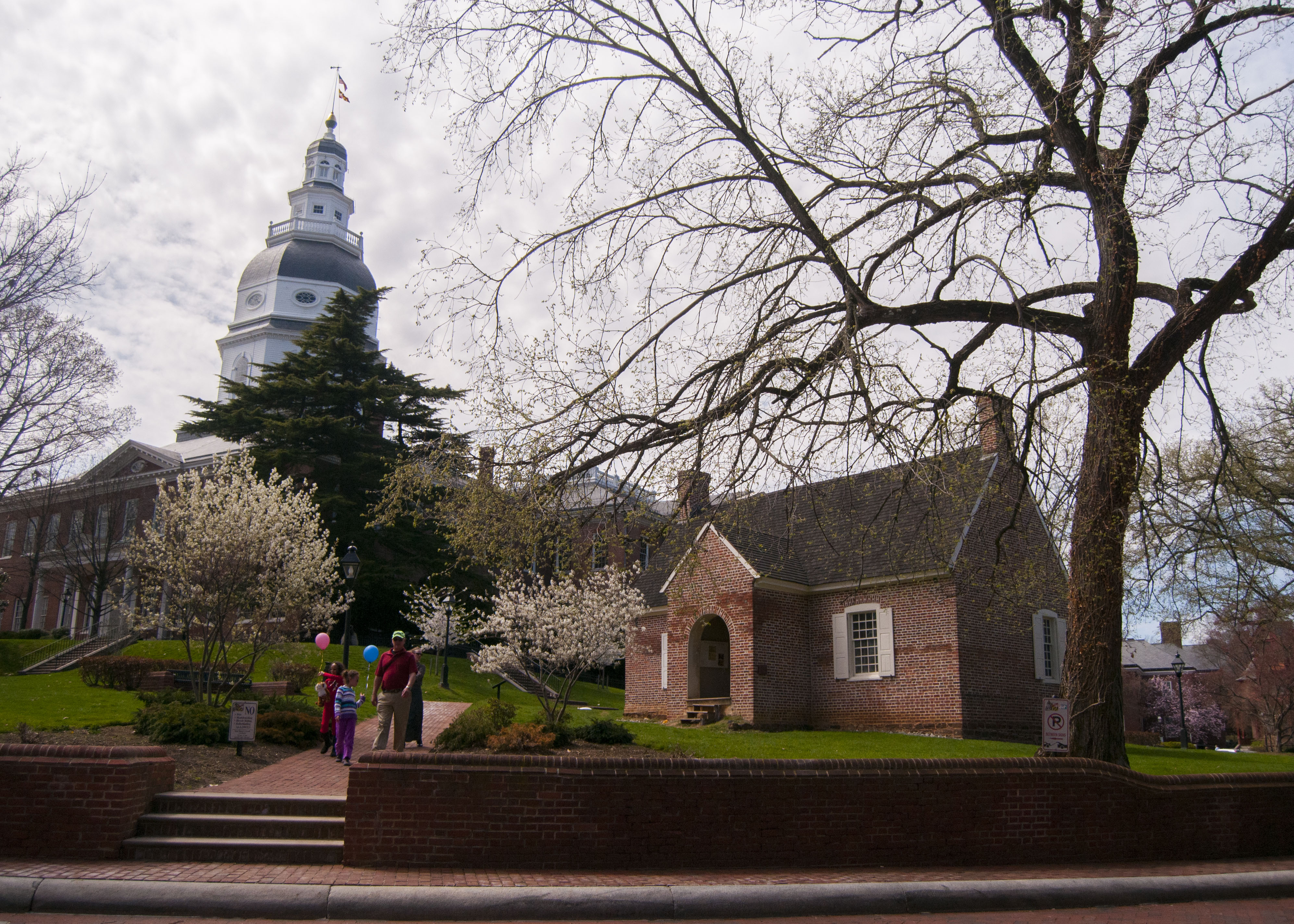In today’s election, Baltimore City voters will consider the critical question of whether city officials, including mayor, City Council president, City Council members, and comptroller should be subject to limits of no more than two consecutive full terms in their elected offices.
This is a Baltimore city vote. I am from Frederick, and while my parents are from the city and much of my family still resides there. That said, I want to encourage Baltimore voters to vote for Question K.
All of us Marylanders have an interest in seeing Baltimore do well. This involves investing and growing in many of the important policy domains that are integral to the success of the city, but also continuing to strengthen the democratic institutions which are the backbone of municipal governance.
Term limits are like any tool. They have their benefits and limitations. But in the American system, this can be an important tool in our democratic toolkit to ensuring competitive governance that maintains the free flow of ideas and ambitions.
We live in an era where citizens across the country consistently express their frustration with the failure of governing institutions to produce results. This is keenly felt in Baltimore City, as well, where so many city residents express frustration about areas are underserved by city services. Rather than making it harder for community leaders to challenge the status quo, Baltimore’s situation appears to be ripe for the potential improvements that might result from the imposition of term limits.
The City Charter establishes the rules by which individuals and institutions interact in the system through a framework that allows for freely contested power, competent governance, equal access, transparency, and responsiveness.
Challenging entrenched interests
Question K would move Baltimore City closer to this more perfect system, and its approval would be a healthy development. It will challenge entrenched interests, encourage regular turnover that would engage new voices in city governance, and build structures to make government less stagnant and ossified.
Question K is a modest measure. It does not ban term limited officials from holding their offices again. It is a measure under which the office holder must relinquish the position after two terms but can come back.
Furthermore, it puts no limit on those officials serving in other ways. A term-limited Council member can run for Council president, mayor, or comptroller and continue serving their community. A two-term mayor can shift and take a term as Council president, then run again in the future. It may happen that the same officials just change seats in the same room. But that may be beneficial because they bring their experiences to a new role and learn from holding a new office.
This is not Maryland’s first discussion about term limits. A number of county charters have included term limits for their elected officials for some time. In Frederick, we have term limits in our short experience with our county charter. It has led to the opportunity for new voices, and a new generation of politician to compete in the current County Executive race. Many other county governments have a similar structure, such as in Prince George’s and Montgomery counties among others.
This is not just a movement at the county and municipal level either. In 2018, Maryland Governor Larry Hogan proposed term limits for the Maryland General Assembly. At the time, the state Senate had the longest-tenured presiding officer of any such body in the country and a speaker of the Maryland House for 15 straight legislative sessions.
It is no discredit to the dedication and contribution they made to our communities, but it’s also true that more competition could have improved the outcome in a democratic system. Summing up the lack of incentive by entrenched interests to neuter their own access to power, Hogan said, “It’s very difficult to convince people to willingly give up their power, but that doesn’t mean we shouldn’t push for it. I’m not sure why people need to stay here for 40 years.”
The governing should be among the governed
To be clear, encouraging this churn in government would be a benefit all the way up to the highest positions in Maryland and our nation and across jurisdictions.
The common pejorative reference to career politicians underscores the idea that our government should be not just close to the people but also of the people. Elected officials should be citizen legislators who understand their communities, work jobs in their communities, and personally feel the impact of their decisions. Simply put, those governing should be among the governed.
The current reality is that the power of incumbency and the structural advantages that come with it limit competition in deleterious ways. Challengers have difficulty funding their campaigns on their own and must build from scratch, a disadvantage that is more pronounced at the local level.
These factors protect the incumbent and foster an unhealthy dynamic. Secure, unchallenged career politicians open the way for special interests to solidify and sustain their access to government. Over time, special interests make sizable investments in the politicians who serve multiple terms. Restarting their efforts to build relationships with different officials would be a good stress test for special interest access.
The hope is that turnover will open the way for new community leaders to participate in the governing process. Communities will gain from a more diverse access to power that will allow a wider range of interests to participate. It could also facilitate a process that is more responsive to emerging ideas, constituencies, and needs. Having new leaders in elected office doesn’t just bring new people into government. It also brings their networks, experiences, and constituencies.
Challenging the status quo
Term limits might not guarantee competition, good governance, or greater minority representation, but they would challenge the status quo, and Baltimore could use some of that.
Term limit opponents will call them undemocratic, but they would merely be one add-on to the candidate qualifications that already limit voters’ choices. The voters should be trusted to approve any structural change that brings the government closer to the governed.
Others say we should want politicians to build institutional power to match the special interests and bureaucracies, but Question K addresses both the executive and legislative branches and could potentially weaken the entrenched nature of the lobby system.
Another criticism is that term limits create lame ducks, but Question K would push term-limited Council members to run for different offices if they want to stay in government. Rather than disconnecting them from their constituents, this would keep them on their toes.
It is a common refrain that the Council, mayor, or the comptroller’s office would lose critical capacity if entrenched elected officials were forced out of office, but that is more a criticism of the capacity of these institutions than of term limits. Any such institutional gaps should be offset by greater research capacity or expanded resources and staff for incoming officers.
Baltimore City voters deserve better. Question K offers the opportunity to create city government structures that will challenge the status quo and make politicians work for their vote. These are the ingredients for a more vibrant and responsive city government that is both for the people and of the people. If properly implemented over time, Question K can help bring government closer to the communities it should be serving. While Question K is no panacea for good governance in a city with abundant challenges, Baltimore citizens should vote and vote “yes” on Question K.







Recent Comments